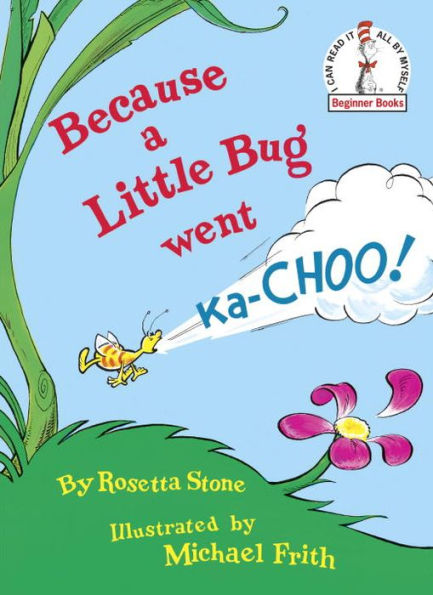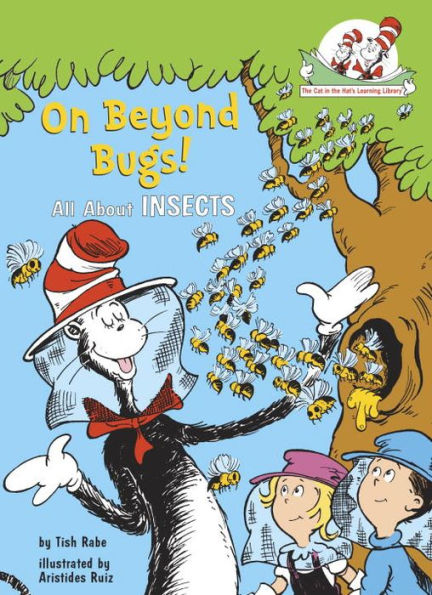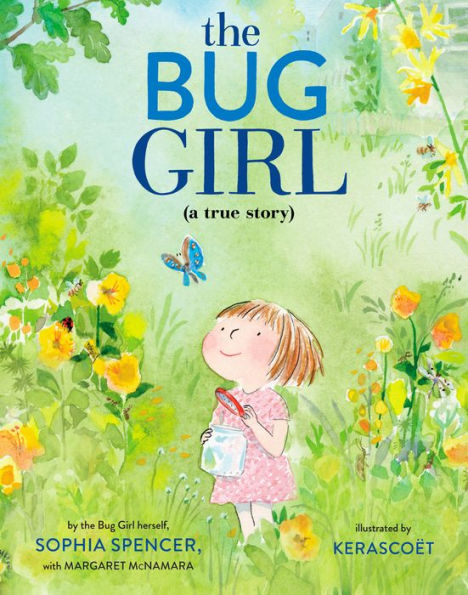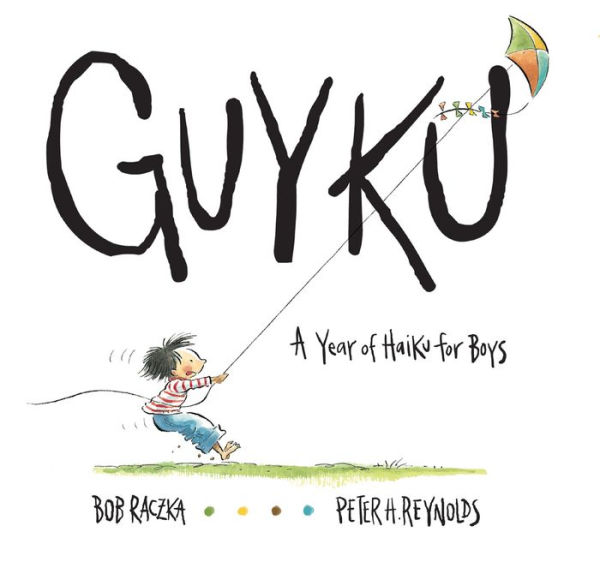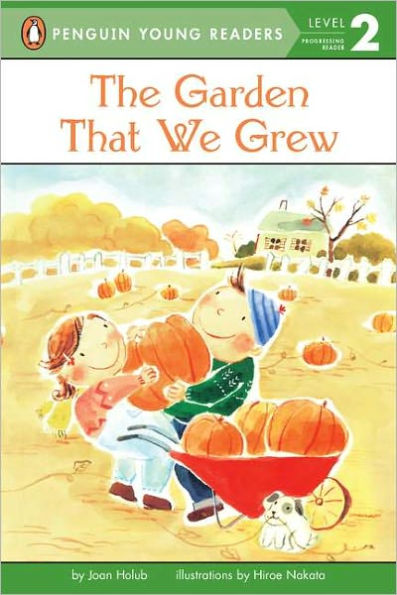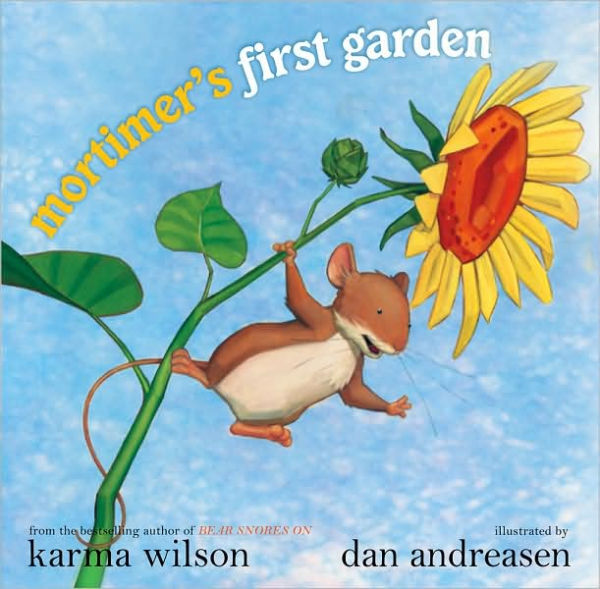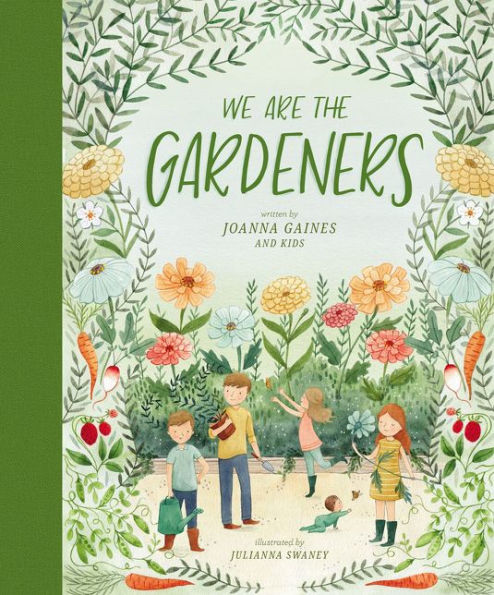Just one “KA-CHOO” causes a whole chain of hilarity, from a splashing turtle to a wet hen, to a flying policeman, a sinking boat, and just about everyone crashing a circus parade! “Because that seed dropped, a worm got mad. Because he got mad, he kicked a tree. Because of that kick. . .” Turn the pages and find out what could possibly happen next!
Because a Little Bug Went Ka-CHOO! is a simple story that shows a chain reaction of cause and effect. The silly characters range from an angry worm to Farmer Brown and even a flying policeman. The simple story is perfect for beginning readers because every sentence uses the same format and only a few new words are introduced on each page. As part of the I Can Read It Myself Beginning Book Series, young readers should be able to read the book on their own.
The full-page illustrations are bright, hilarious, and have fun details. Each page adds more characters—soon cows, chickens, Farmer Brown, police officers, and even a fish follow the action to see what will happen next. Readers will have fun finding all of the familiar characters on each page. From a fish riding a motorcycle to a blue elephant in the sky, the characters will keep young readers engaged.
Because each page has 1 to 2 simple sentences that have rhythm, Because a Little Bug Went Ka-CHOO! makes a great story to read aloud. The combination of simple sentences and funny illustrations will have young children reading Because a Little Bug Went Ka-CHOO! again and again. The book allows beginning readers to gain confidence in reading. As readers follow the chaos that one little sneeze causes, they will learn that reading can be fun.
Sexual Content
- None
Violence
- None
Drugs and Alcohol
- None
Language
- None
Supernatural
- None
Spiritual Content
- None
